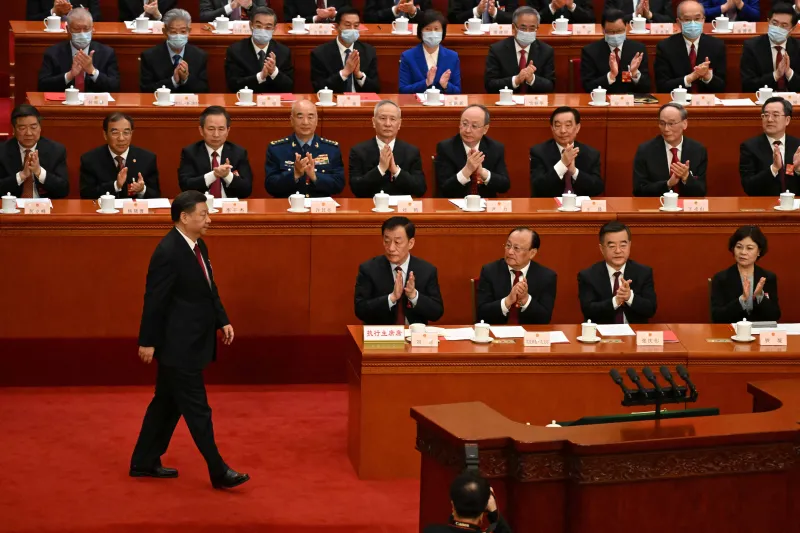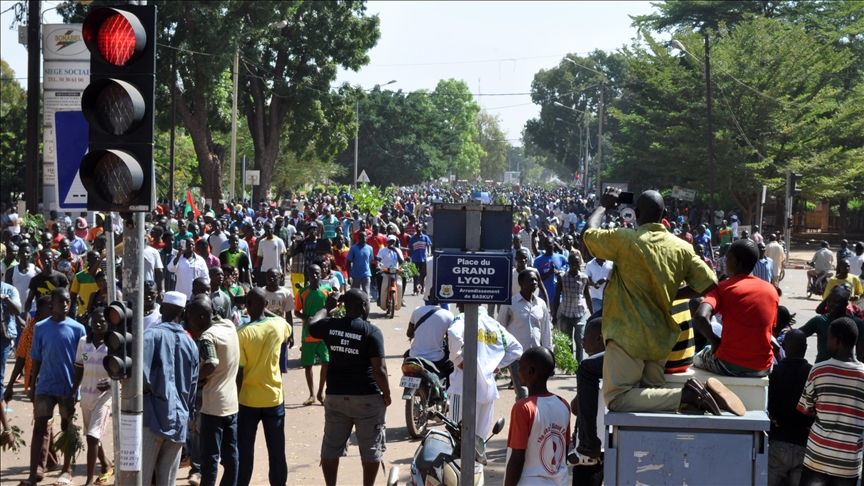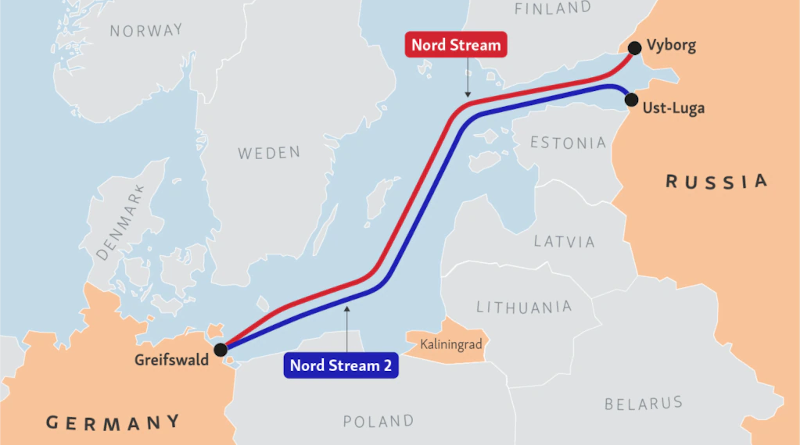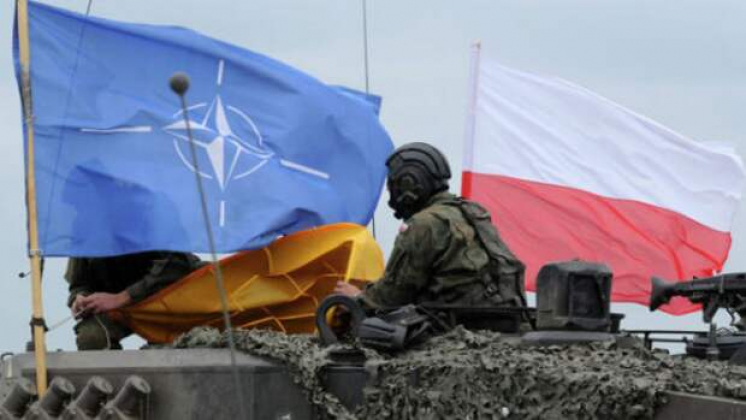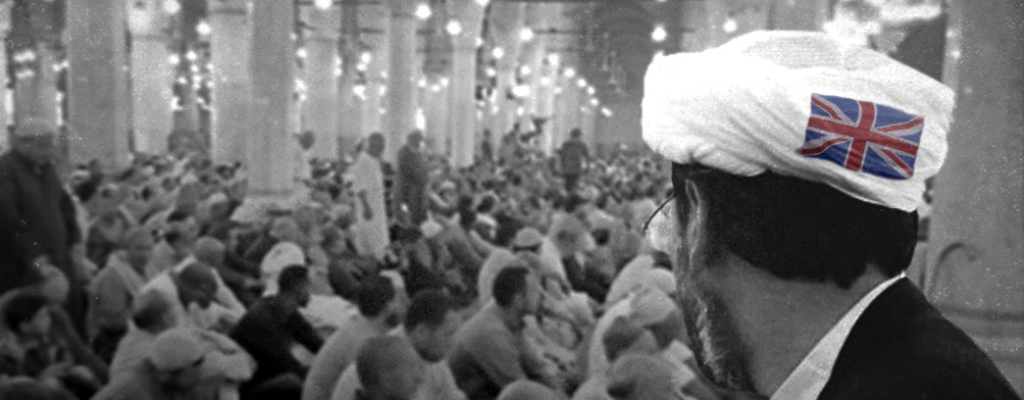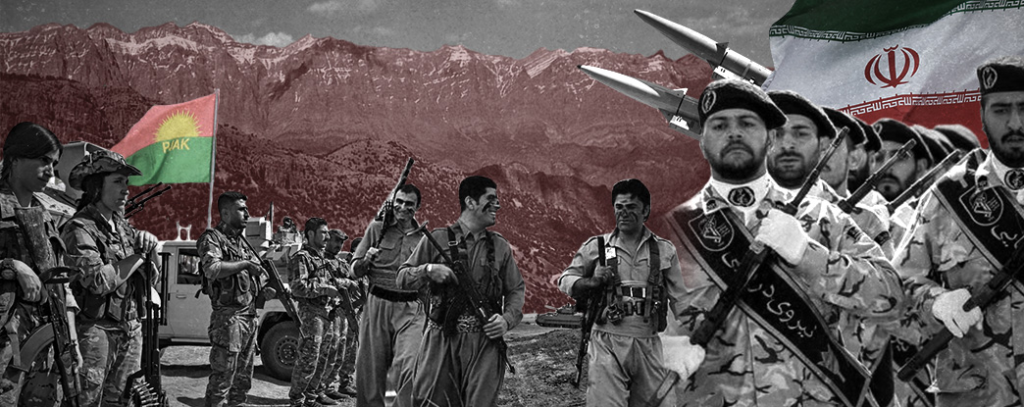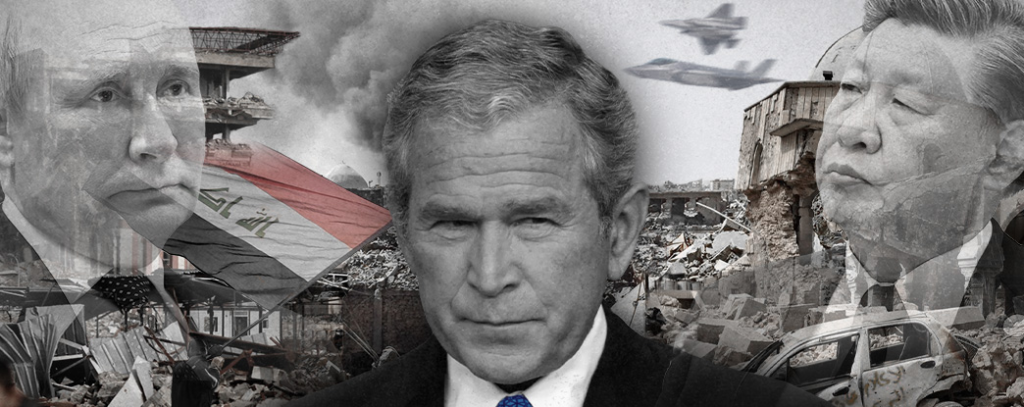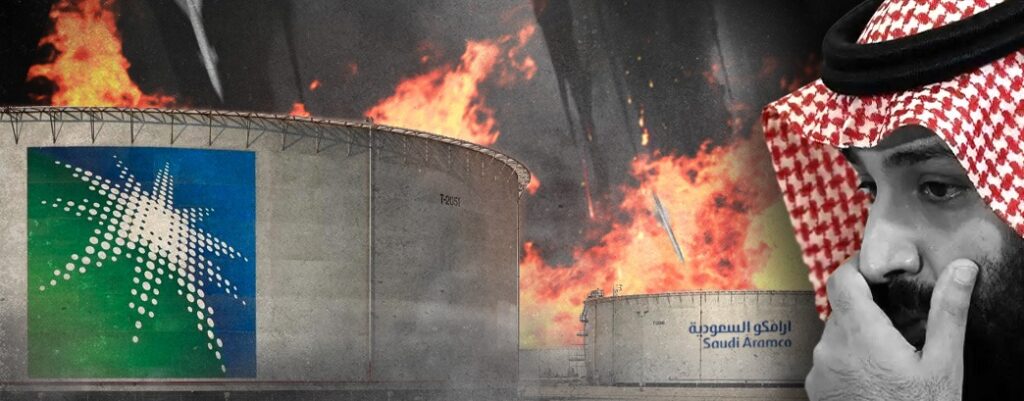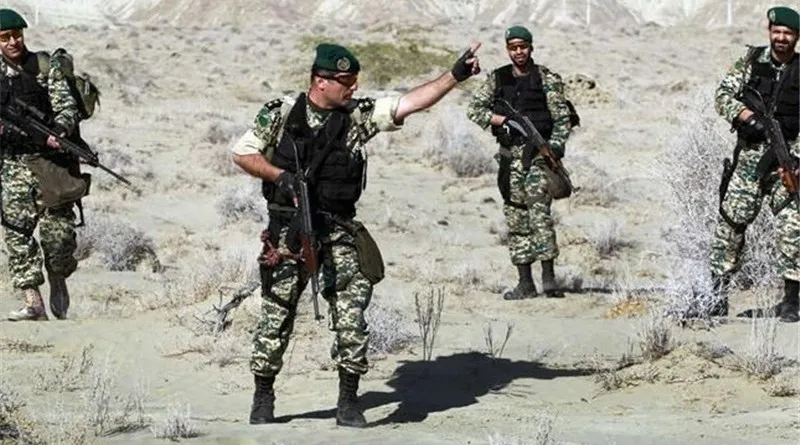A Fractured Border: Syria, Türkiye, and Cantonization
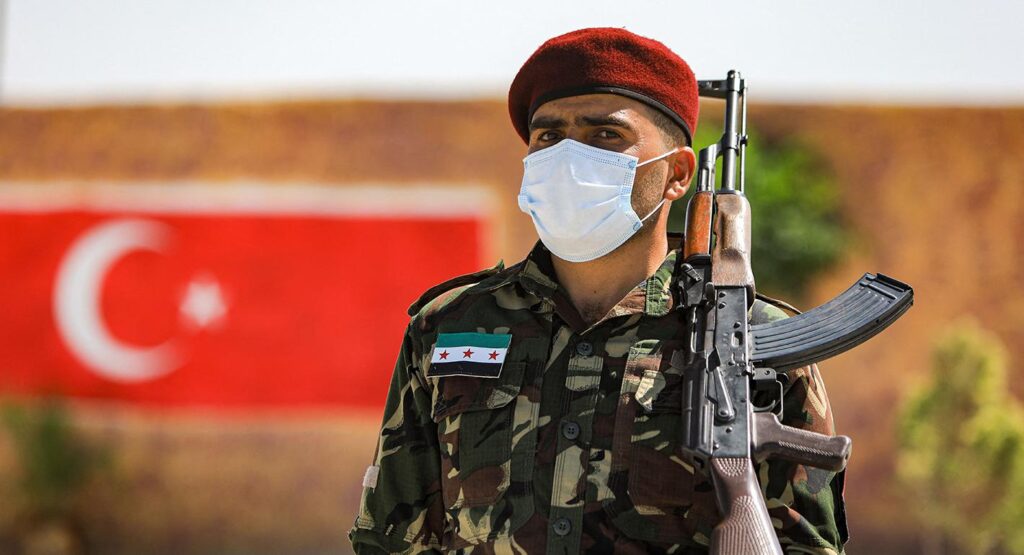
Several factors related to the civil war in Syria have engendered the cantonization of the country’s north. From east to west, five northern border regions are to various degrees self-governing, though four are backed by, and even dependent on, Türkiye. Ongoing indirect negotiations between Türkiye and Syria—which were previously at loggerheads—may result in an adjustment of the boundaries of these cantons, but will not alter, let alone reverse, the phenomenon of cantonization.

